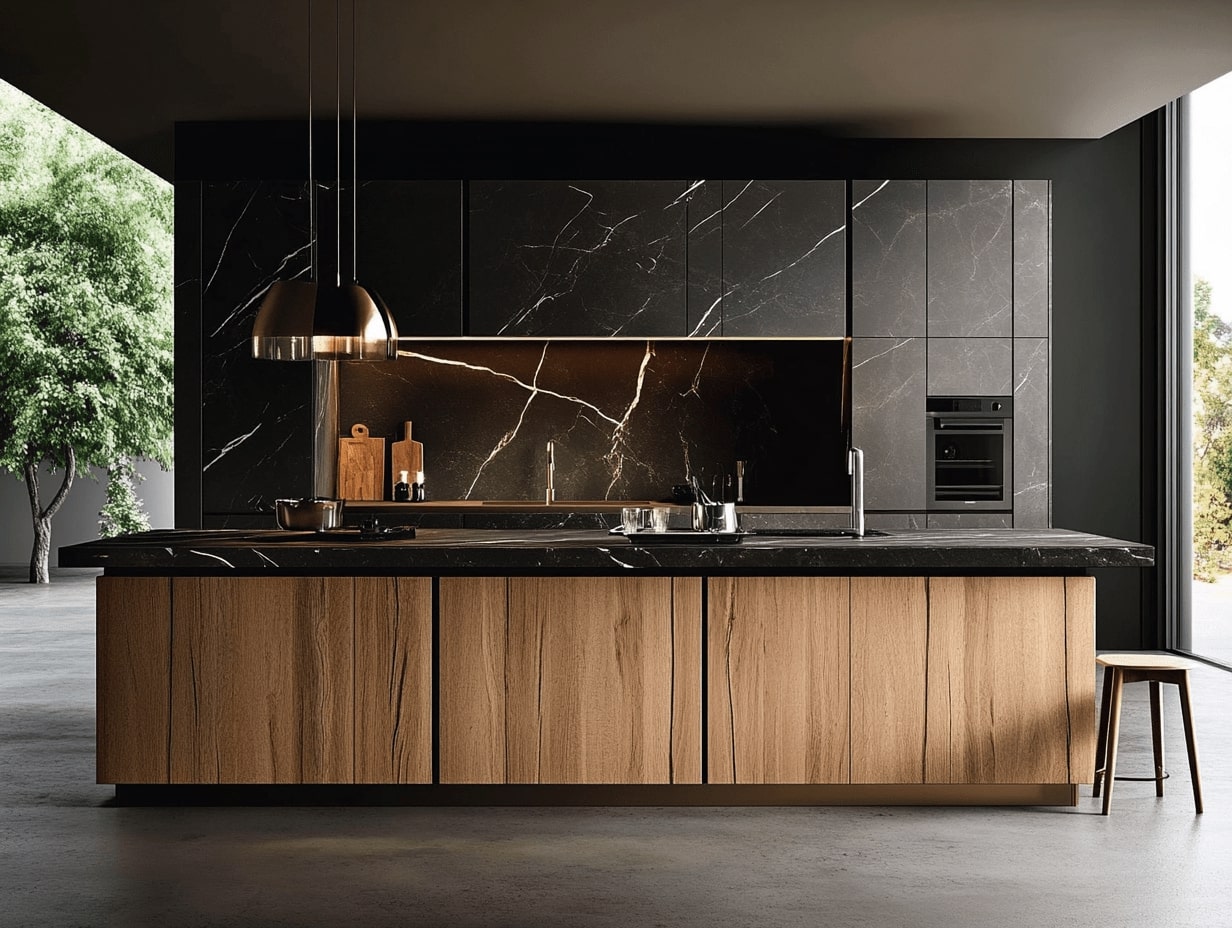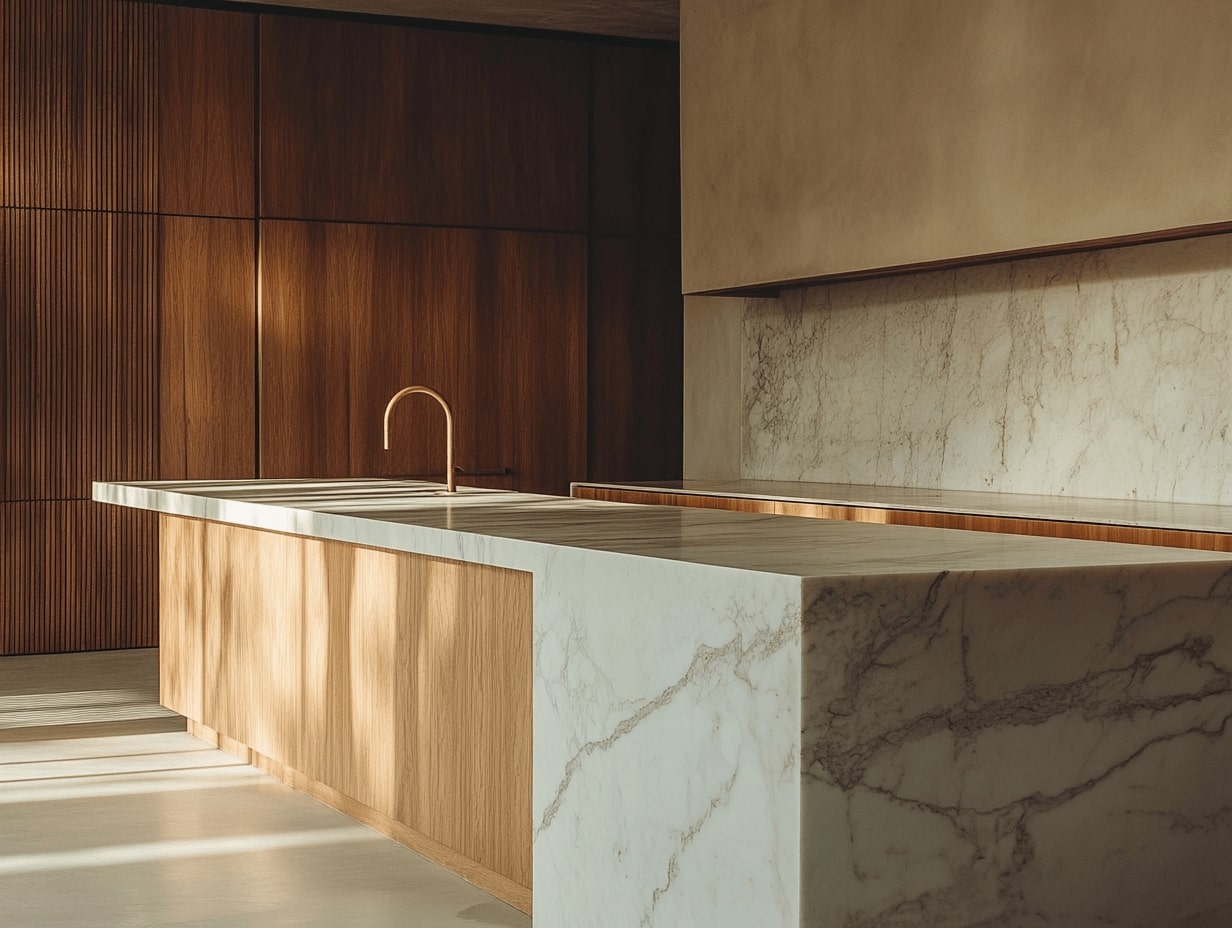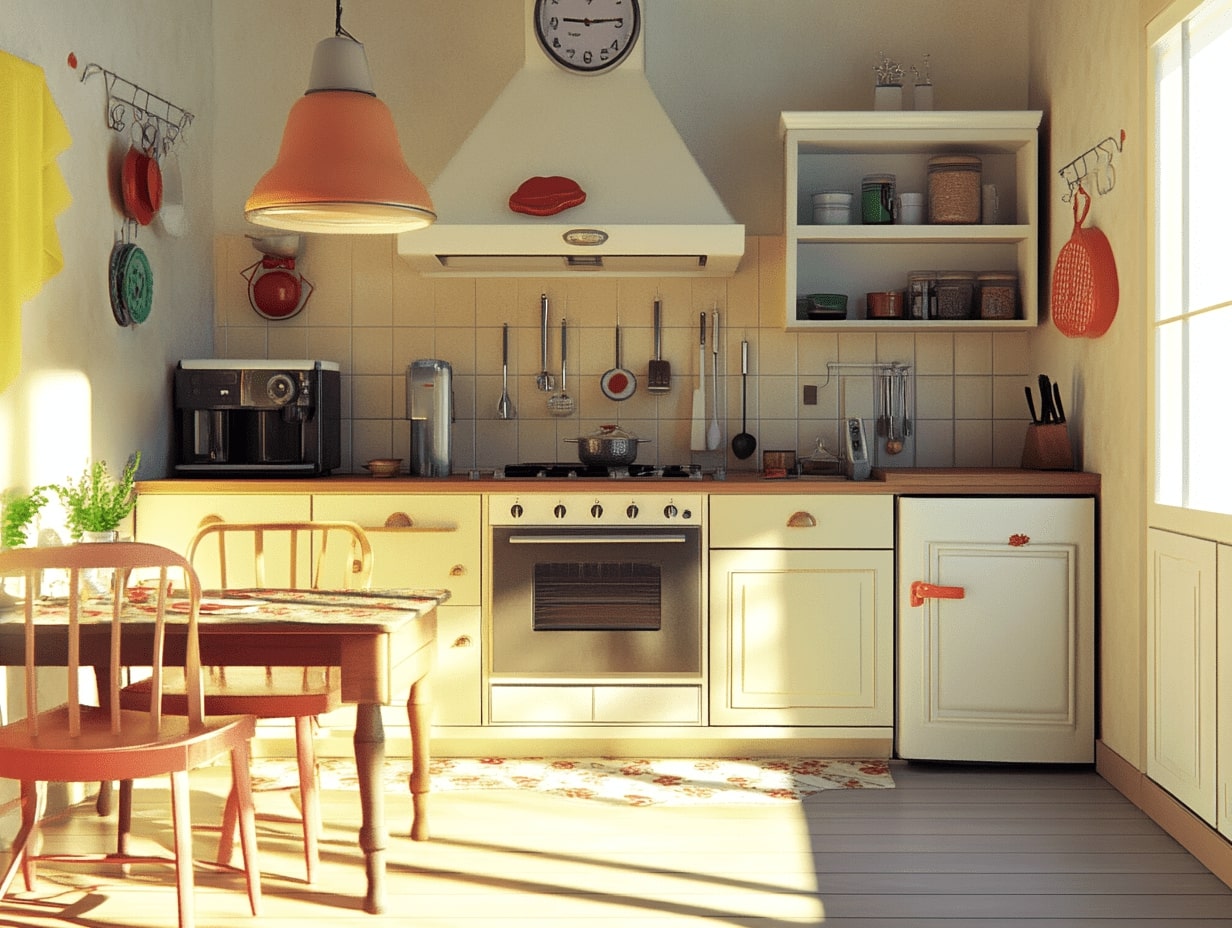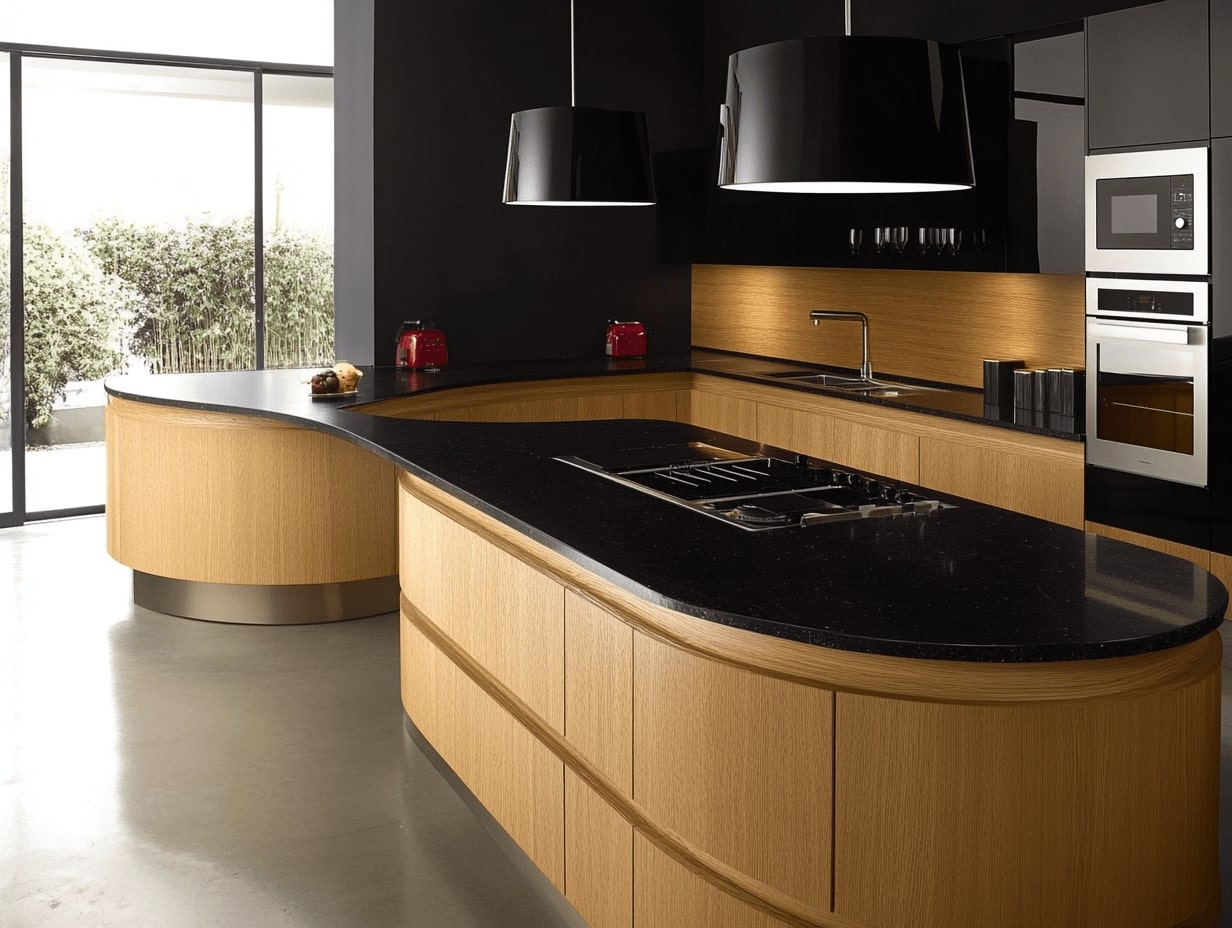- Home
- Articles
- Architectural Portfolio
- Architectral Presentation
- Inspirational Stories
- Architecture News
- Visualization
- BIM Industry
- Facade Design
- Parametric Design
- Career
- Landscape Architecture
- Construction
- Artificial Intelligence
- Sketching
- Design Softwares
- Diagrams
- Writing
- Architectural Tips
- Sustainability
- Courses
- Concept
- Technology
- History & Heritage
- Future of Architecture
- Guides & How-To
- Art & Culture
- Projects
- Interior Design
- Competitions
- Jobs
- Store
- Tools
- More
- Home
- Articles
- Architectural Portfolio
- Architectral Presentation
- Inspirational Stories
- Architecture News
- Visualization
- BIM Industry
- Facade Design
- Parametric Design
- Career
- Landscape Architecture
- Construction
- Artificial Intelligence
- Sketching
- Design Softwares
- Diagrams
- Writing
- Architectural Tips
- Sustainability
- Courses
- Concept
- Technology
- History & Heritage
- Future of Architecture
- Guides & How-To
- Art & Culture
- Projects
- Interior Design
- Competitions
- Jobs
- Store
- Tools
- More
How to Design a Functional Kitchen Architecture: Tips for Space, Storage, and Efficiency
Discover the art of crafting a functional kitchen architecture that seamlessly blends practicality with style. This guide delves into optimal layouts, smart storage solutions, and the essential kitchen work triangle, all designed to elevate your culinary experience.

When it comes to designing a kitchen, functionality is key. We all dream of a space that not only looks stunning but also makes meal prep a breeze. A well-designed kitchen architecture can transform our daily routines, making cooking a joy rather than a chore. By focusing on layout, storage solutions, and workflow, we can create a kitchen that’s both beautiful and efficient.
Let’s consider the essential elements that contribute to a functional kitchen. From the classic work triangle to innovative storage ideas, every detail plays a crucial role in maximizing utility. It’s about striking the perfect balance between aesthetics and practicality, ensuring our kitchen meets our unique needs. Whether we’re avid chefs or occasional cooks, a thoughtfully designed kitchen can enhance our culinary experience and add value to our homes. So, let’s dive into the art and science of designing a kitchen that’s as functional as it is inviting.

Table of Contents
ToggleUnderstanding Kitchen Architecture
Designing a functional kitchen architecture involves several key elements that work together to create an efficient space. The primary component is the layout, which establishes the kitchen’s essential work zones. Common layouts include the L-shaped, U-shaped, and galley kitchen. Each type serves different space and usage requirements, influencing how we prepare meals and interact within the area.
Storage solutions significantly impact kitchen functionality. Cabinets, shelves, and drawers should maximize space while ensuring easy access to frequently used items like pots, pans, and utensils. Customized storage options, such as pull-out racks and lazy Susans, enhance efficiency by optimizing space and reducing clutter.
Workflow design, often represented by the kitchen work triangle concept, streamlines movement between the sink, stove, and refrigerator. Efficient workflow minimizes unnecessary steps and enhances the cooking experience. It’s vital to tailor this aspect to personal cooking habits, which ensures practicality in daily use.
Balancing aesthetics with function enhances the kitchen’s appeal. Using quality materials and a cohesive color scheme helps integrate stylistic preferences with practical requirements, adding value to the home. Selecting finishes and fixtures that complement the kitchen’s functionality and style further contributes to a well-designed kitchen architecture.

Key Elements of a Functional Kitchen
Creating a functional kitchen involves more than just aesthetics; it requires meticulous planning and strategic design choices that enhance usability and efficiency.
Layout Design
A well-thought-out layout forms the backbone of any functional kitchen. By considering the space and intended use, we can choose among popular layouts like L-shaped, U-shaped, or galley designs. These layouts offer unique advantages; for example, an L-shaped kitchen works well in open spaces, while U-shaped kitchens provide ample counter and storage space for large households. Each layout should align with the user’s preferences and cooking style to maximize functionality.
Work Triangle Principle
The work triangle principle is essential for a well-organized kitchen. This design principle optimizes the relationship between the sink, stove, and refrigerator—the kitchen’s primary work zones. When these three areas form an efficient triangular path, we minimize unnecessary movement, improving cooking flow. The sides of the triangle should measure 4 to 9 feet each to avoid crossover traffic while maintaining proximity for easy access.
Storage Solutions
Effective storage solutions prevent clutter and enhance kitchen efficiency. By incorporating customized cabinetry, pull-out shelves, and drawer dividers, we can maximize space and accessibility. For example, vertical storage keeps items within reach without occupying valuable counter space. Integrating pantry spaces and utilizing overhead cabinets helps maintain organization and ensure our kitchen remains both functional and appealing.

Selecting Materials and Finishes
Materials and finishes hold a pivotal role in creating a kitchen that’s both functional and stylish. Choosing the right elements can enhance durability, maintainability, and aesthetics.
Countertops and Flooring
Countertops serve as essential work surfaces, so selecting durable materials is critical. Granite, quartz, and solid surface options offer robust qualities suitable for daily kitchen activities. Each material presents unique advantages, such as granite’s natural beauty or quartz’s low maintenance. To make the most of these choices, it’s wise to consult a kitchen layout specialist who can help match the right kitchen worktops to your home’s design and interior style. With expert guidance, you can explore tailored options that not only enhance functionality but also complement your kitchen’s overall look. Flooring requires equal attention, as it endures high foot traffic. Tiles, vinyl, and hardwood are popular choices, providing a combination of resilience and aesthetic appeal. Opting for slip-resistant and easy-to-clean surfaces ensures a safer and more practical kitchen environment. Personalization is the final layer that allows homeowners to tailor the kitchen to their unique lifestyle and design preferences. Being able to order custom granite countertops online and coordinate them with cabinetry or flooring choices ensures a cohesive look throughout the space. This approach supports both functionality and aesthetics, giving the kitchen a well-balanced and polished design.
Cabinetry and Hardware
Cabinetry forms the backbone of kitchen storage, demanding both functionality and visual harmony. Choosing materials like plywood or MDF enhances durability and structural integrity. The style of cabinets, whether shaker or flat-panel, should complement the overall kitchen theme. Hardware choices, including knobs and pulls, play a crucial role in aesthetics and accessibility. Consider stainless steel or brushed nickel finishes for a modern touch, ensuring they align with other kitchen elements for a cohesive look.
Incorporating Modern Technology
Integrating modern technology into kitchen design significantly enhances functionality and efficiency. With smart appliances and energy-efficient solutions, we can create innovative spaces that cater to contemporary lifestyles.
Smart Appliances
Smart appliances streamline kitchen tasks with their advanced features and connectivity. Refrigerators with touch-screen interfaces can access recipes, track inventory, and manage shopping lists. Ovens equipped with Wi-Fi allow us to control cooking settings remotely using smartphones. Dishwashers with sensor technology optimize water usage based on each load, reducing waste. By integrating these smart devices, we maximize kitchen efficiency and convenience.
Energy Efficiency
Energy efficiency cuts costs and reduces environmental impact. Energy Star-rated appliances consume less power, contributing to lower utility bills. Induction cooktops offer faster heating while using less energy compared to traditional electric and gas models. LED lighting solutions in under-cabinet and overhead fixtures provide efficient illumination. Incorporating energy-efficient elements ensures sustainability without compromising performance.

Lighting and Ventilation Considerations
Lighting and ventilation are crucial in creating a functional kitchen. Effective lighting enhances visibility, while proper ventilation maintains air quality.
Task Lighting
For efficient meal preparation and cooking, task lighting focuses on key work areas. Under-cabinet lights illuminate countertops, reducing shadows and enhancing visibility. Pendant lights above the island or sink provide direct illumination for tasks like chopping and mixing. These lighting solutions should highlight activity zones without causing glare.
Proper Ventilation
Good ventilation is essential for a comfortable kitchen environment. Range hoods effectively remove smoke, odors, and moisture, maintaining air quality. They should have sufficient flow rates to match the kitchen size and cooking intensity. Installing exhaust fans helps regulate air circulation, preventing the buildup of heat and humidity. Both work together to create a healthier, pleasant cooking space.
Conclusion
Designing a functional kitchen architecture centers on merging practicality with style. Emphasizing the layout ensures efficiency, while storage innovations prevent clutter. Selecting durable materials and finishes not only protects but also beautifies our space. Integrating modern technology enhances both convenience and energy savings. Lighting and ventilation considerations create an inviting and healthy environment, boosting the overall culinary experience. Achieving functionality fused with aesthetics ensures that our kitchen transforms into a valuable and enjoyable part of our home.
- creative kitchen storage
- custom kitchen storage ideas
- efficient kitchen layout
- ergonomic kitchen design
- functional kitchen design
- functional kitchen ideas
- kitchen architecture tips
- kitchen design efficiency tips
- kitchen design for small spaces
- kitchen efficiency hacks
- kitchen layout optimization
- kitchen organization strategies
- kitchen planning for efficiency
- kitchen storage solutions
- kitchen workflow design
- maximizing kitchen space
- modern kitchen functionality
- optimal kitchen storage
- practical kitchen layouts
- small kitchen functionality
- smart kitchen design tips
- space-efficient kitchen design
- space-saving kitchen ideas
- streamlined kitchen architecture
Submit your architectural projects
Follow these steps for submission your project. Submission FormLatest Posts
The Chain Reaction Triggered by Foundation Movement
Foundation movement is never an isolated event contained strictly to the concrete...
Why Smart Bin Rental Strategy Shapes Better Architecture Projects
Picture this: you’re standing before your dream architectural project, blueprints approved, permits...
The 10 Most Iconic Buildings in the World and Their Stories
From ancient marvels like the Great Pyramid of Giza to modern icons...
How to Choose the Best Balloon Garland Kit for Your Event Theme
Balloon garlands are now a very popular decoration for today’s celebrations, including...










Leave a comment